The Nile Basin Initiative provides the first and only all-inclusive platform for the Basin States to discuss with trust and confidence, how to collectively take care of and jointly use the shared Nile Basin water and related resources. This is crucial in order to maximize win-win benefits for current and future generations and minimize risks and costs...
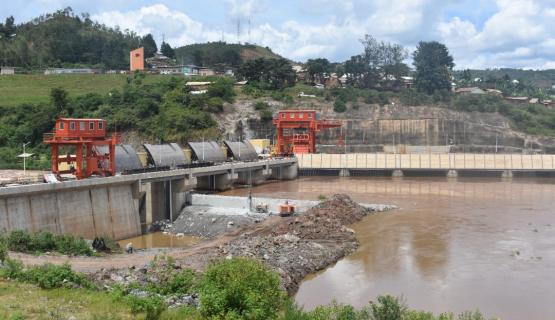
Nile River Basin Management Plan
The Nile Agenda is about what needs to be done to support the attainment of the Nile Vision Objective, agreed by the NBI member countries in 2002 to “achieve sustainable socio-economic development through equitable utilisation of, and benefit from, the common Nile Basin water resources.”
ENTRO Internship Programme
In complex basins such as the Nile, where historical perceptions, culture and politics often overshadow facts on the ground, technical understanding and solutions to transboundary river-related development issues need to be devised.
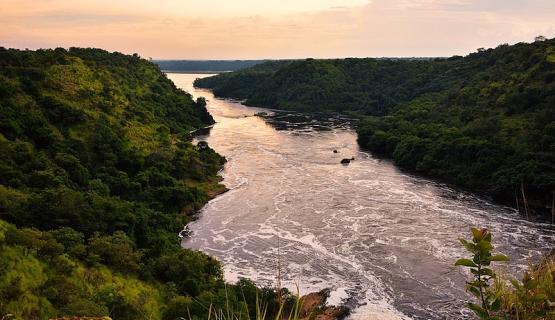
Strategic Water Resources Analysis
As the populations and economies of the Nile Basin countries grow, so does the demand for water, food and energy. If countries develop as planned and without coordination, this will put pressure on the already strained water resources of the region.
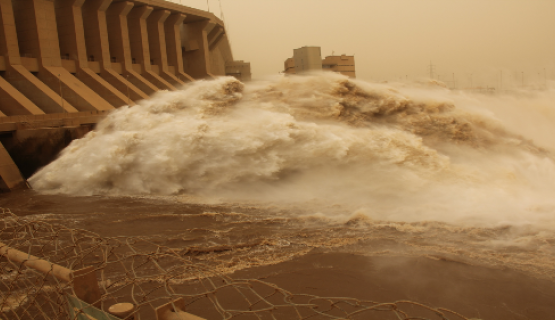
Dam Safety and Coordinated Operation of Cascade Dams
The Eastern Nile sub basin is characterised by rapid population growth, environmental degradation, high rainfall variability and seasonality and frequent natural disasters. The population in the sub basin is projected to increase significantly over the coming decades.

HydroMet
The NBI developed a Nile River Basin Monitoring Strategy (2010) to guide its activities for enhancing the monitoring system in the basin, and therefore to provide the data required to facilitate the implementation of various projects and programmes.
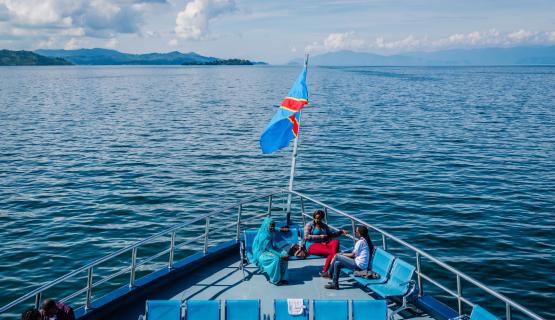
Nile Navigation (NileNAV)
Inland water navigation is an important economic activity for the Nile riparian countries. A number of rivers’ reaches and in-land water bodies in the Nile Basin are navigable. Examples include Lake Victoria, the White Nile between Malakal (South Sudan and Khartoum)...
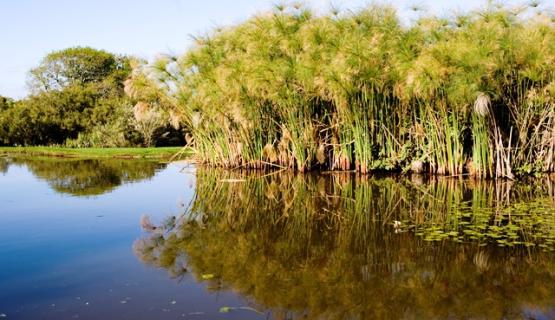
Transboundary Wetlands
The Nile and its main tributaries flow through several large wetlands of great relevance for biodiversity conservation. These wetlands provide important regional and local ecosystem services:

Media Engagement
Engaging the media, keeping them informed through robust communication and participation has been given due emphasis as one of the building blocks of the Nile Basin Initiative.
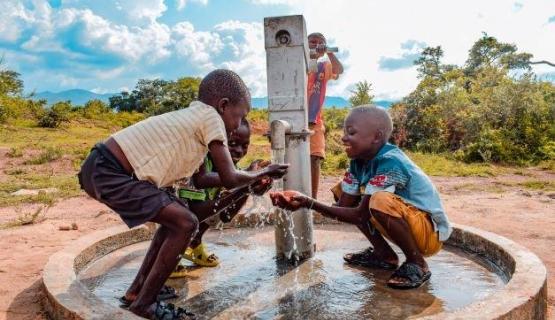
Groundwater
The interaction between groundwater and surface water systems (rivers, wetlands, lakes) has not been adequately considered in most trans-boundary river basin management initiatives, including the Nile Basin.
